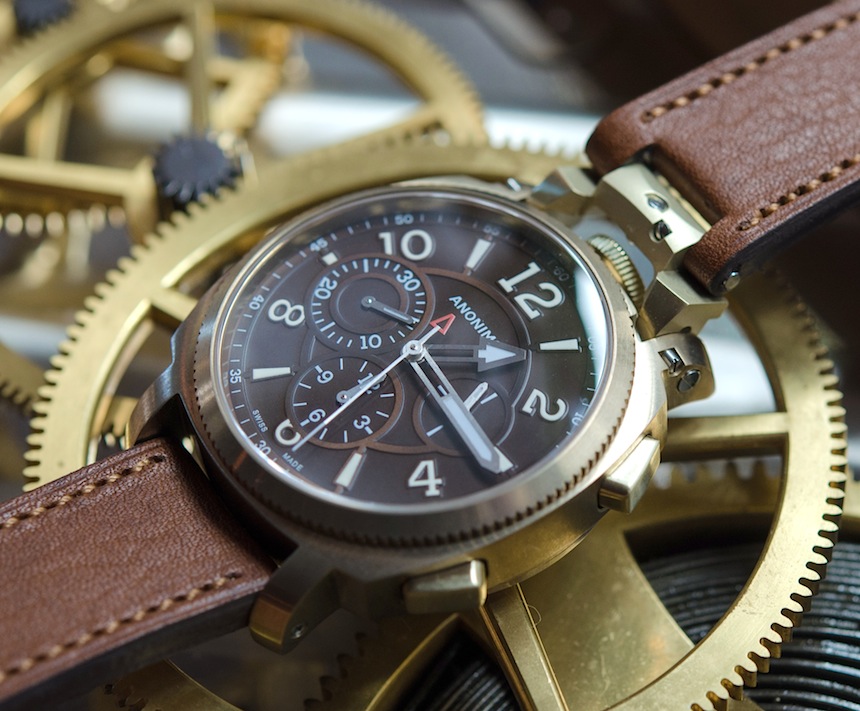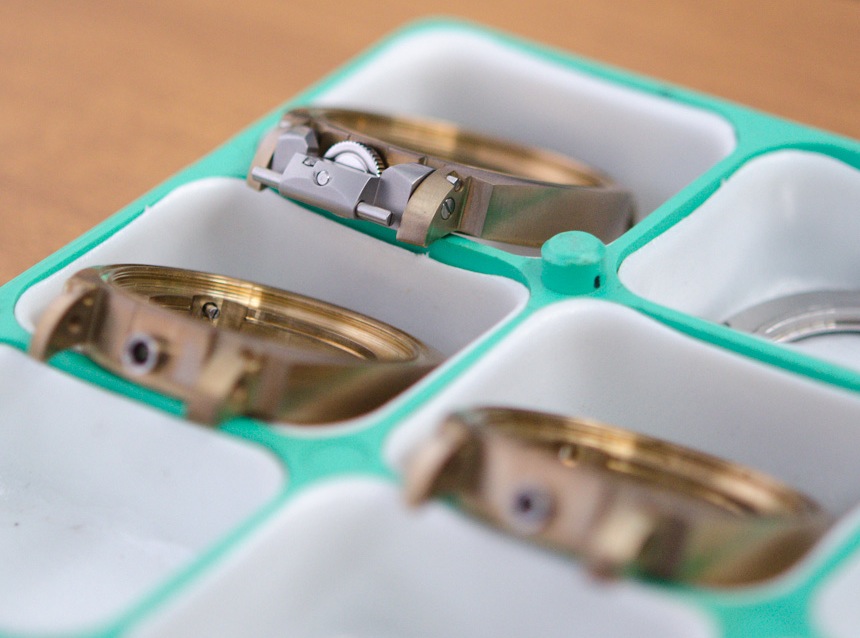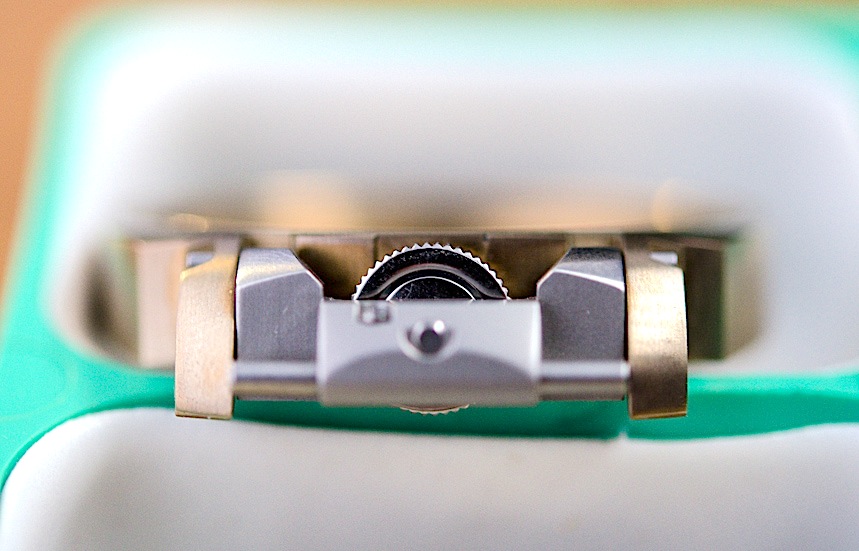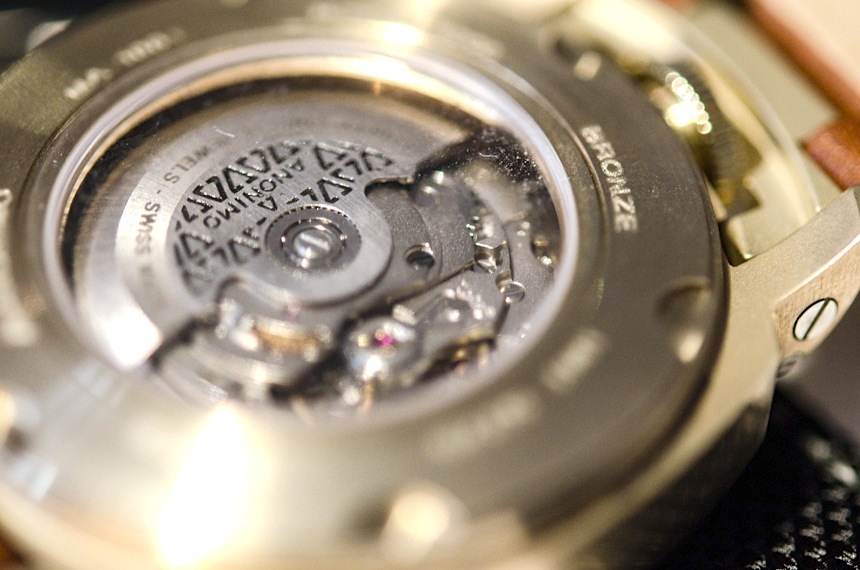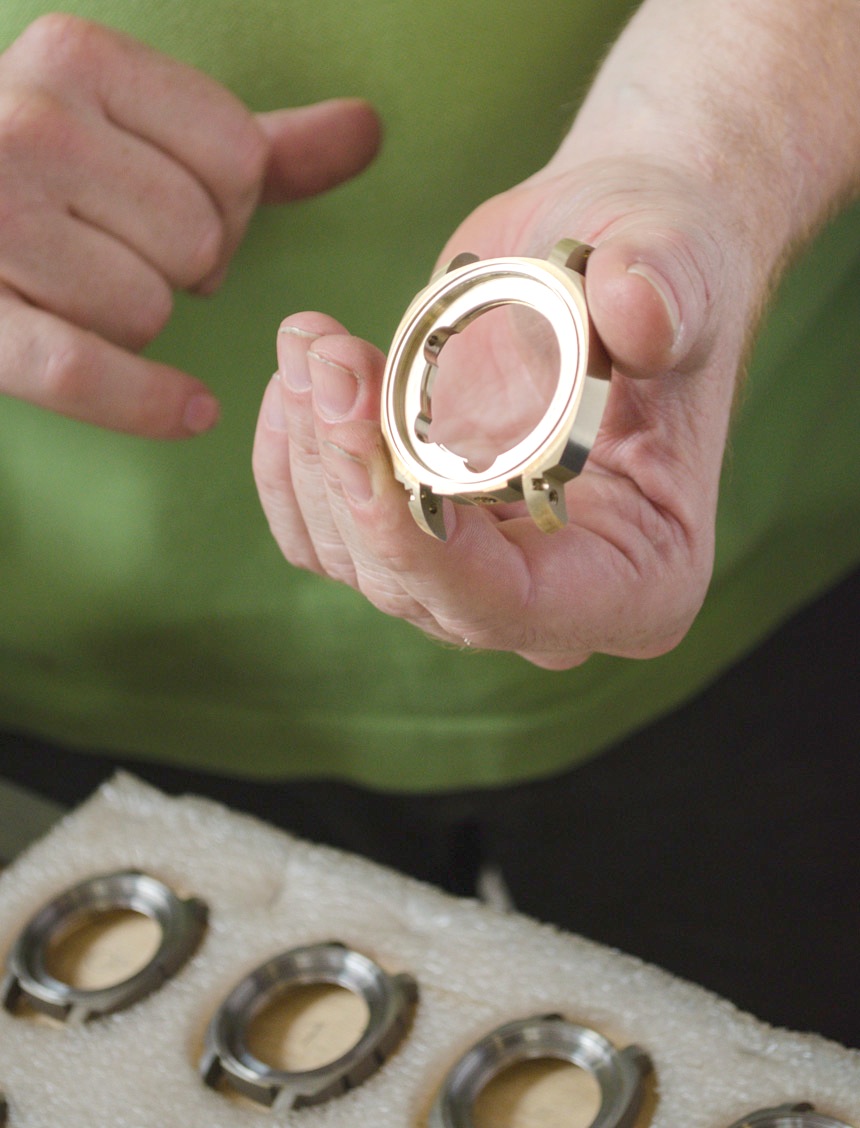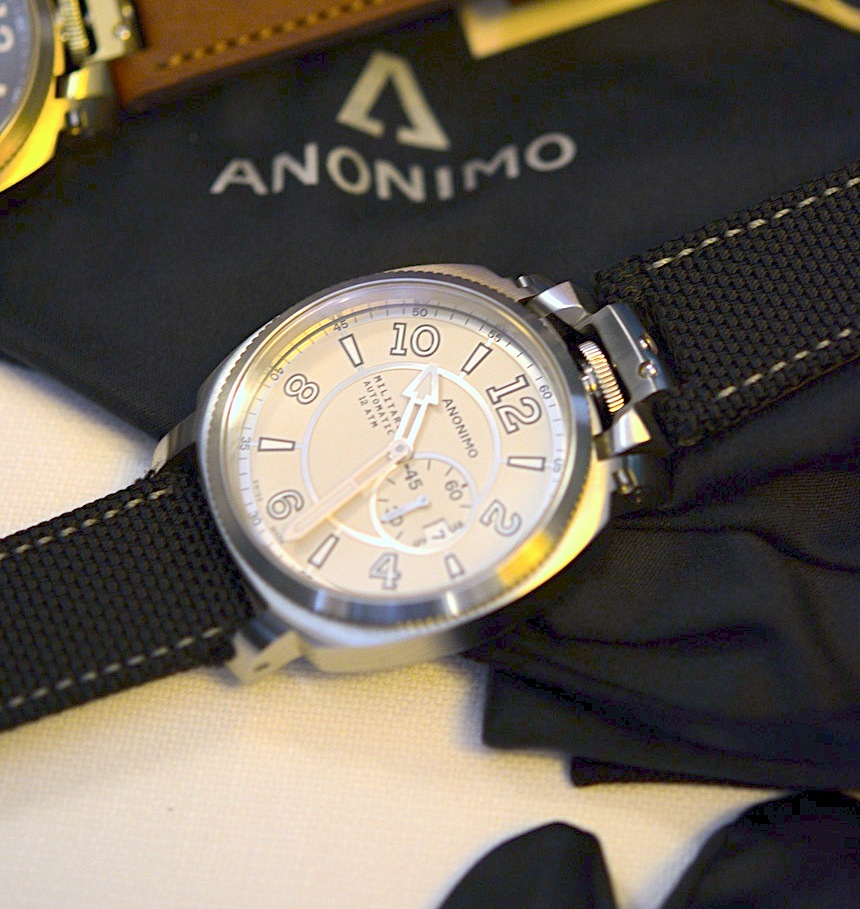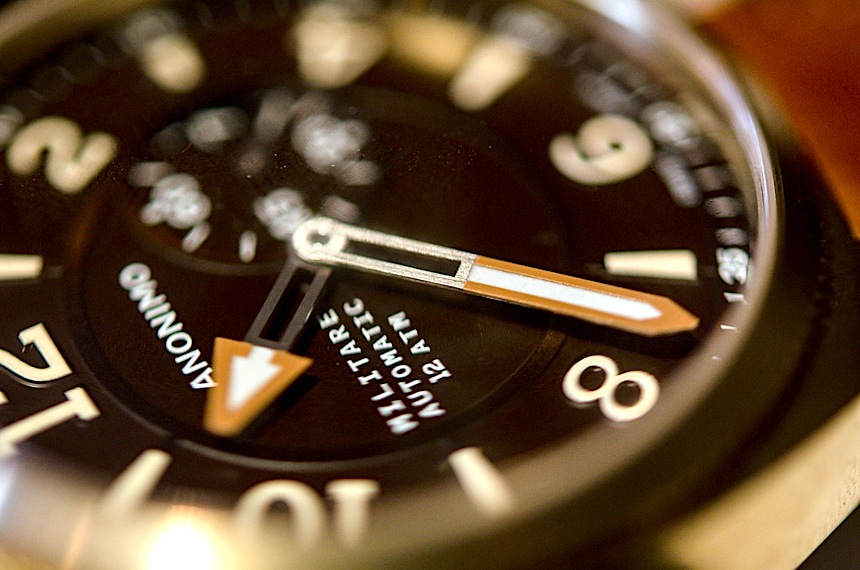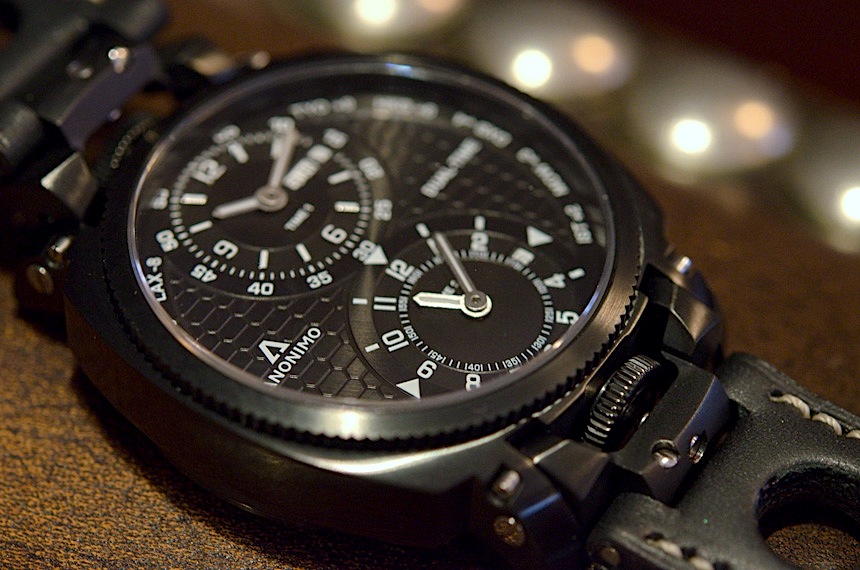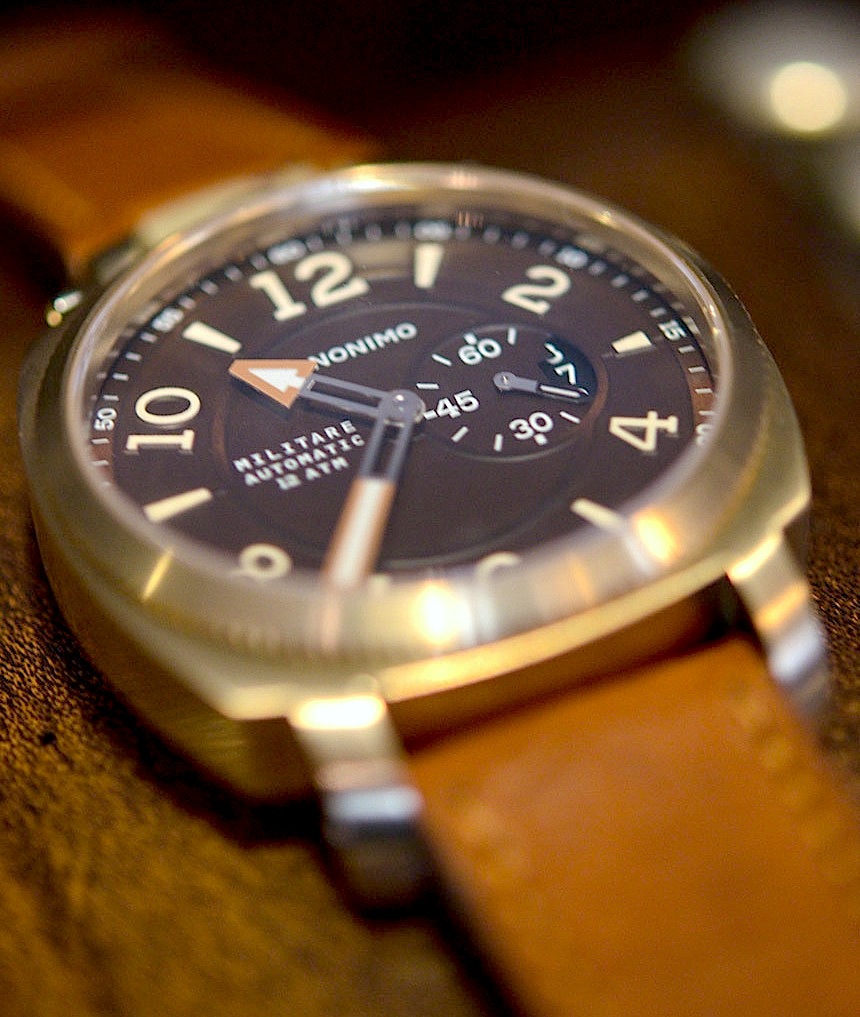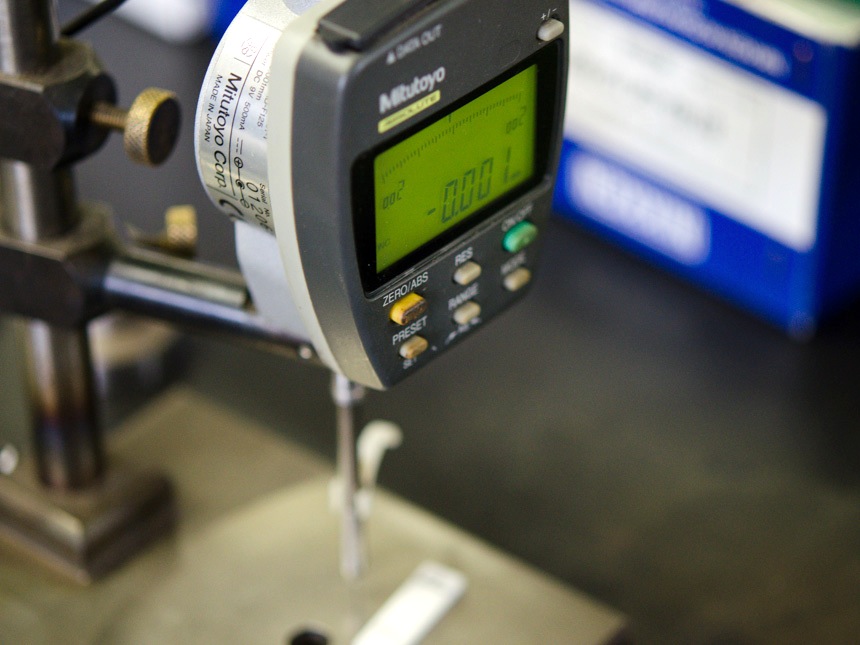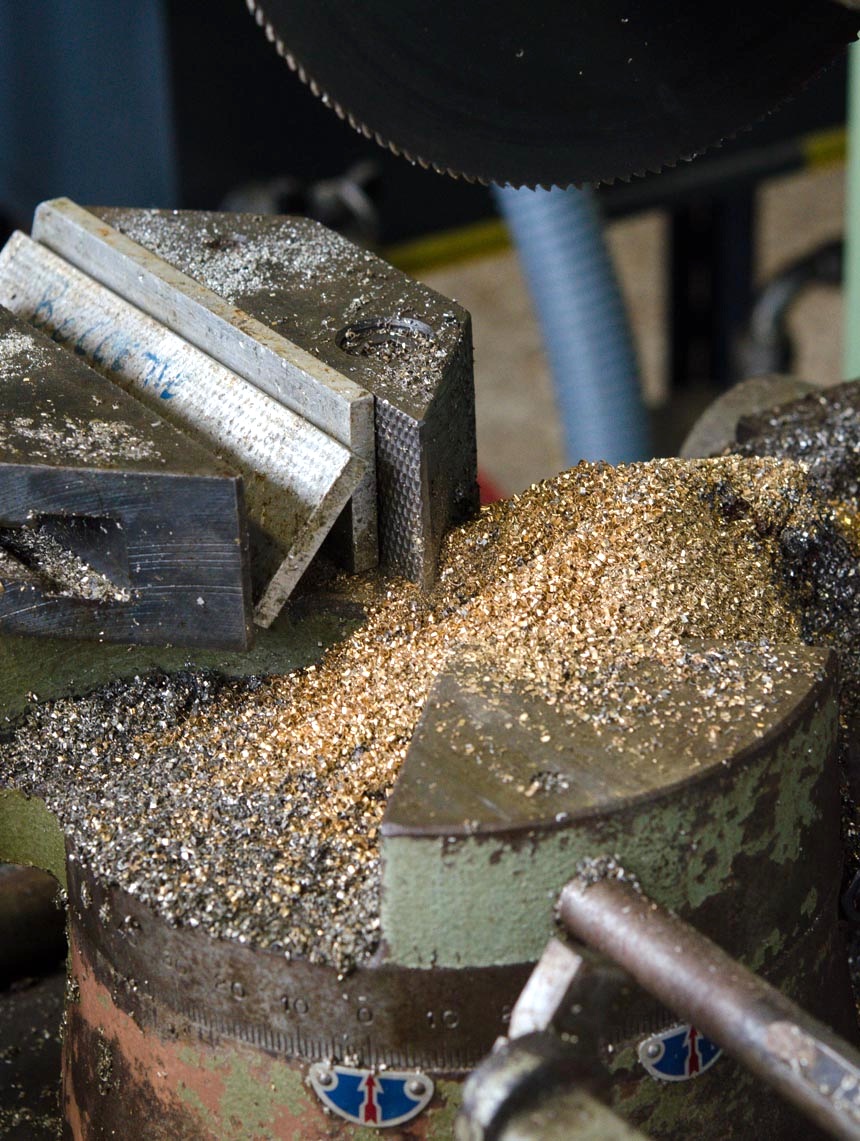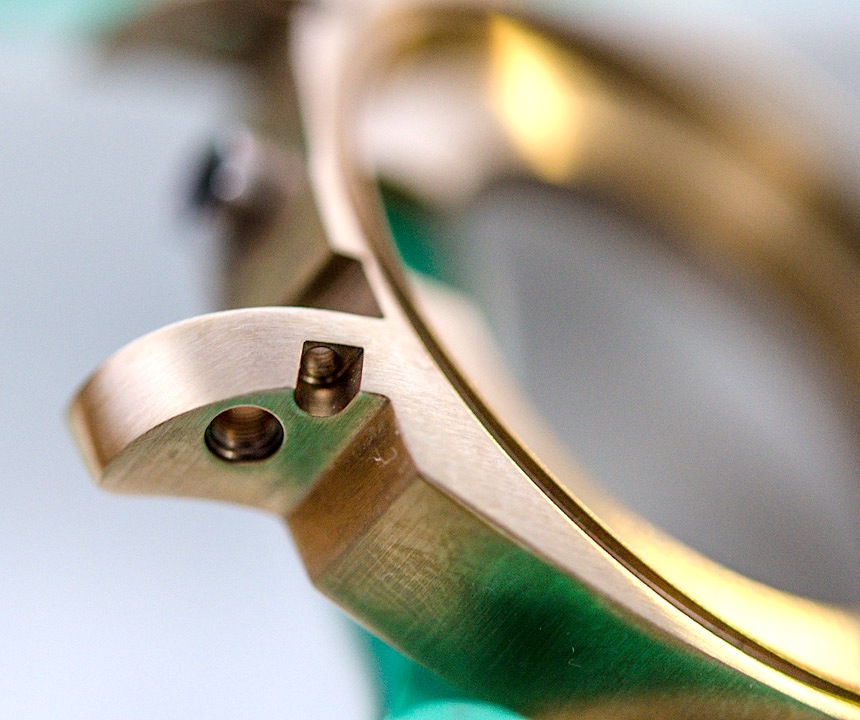
So what’s the problem? Most importantly, there might be allergic reactions depending on the wearer’s skin and the amount of time the watch is worn. People scarcely wear bronze jewelry or other accessories and so are unfamiliar with the effects it might have once it spends longer times in direct contact with the skin. No brand wants to deal with such after-sales nightmares and therefore most of the time will use titanium or some other material for the case backs and the buckles.
Secondly, it will require after sales service to handle these watches with special care not to damage the patina the owner has grown to love over the years. However, given the increased probability for after-sales issues with bronze and how it alters appearance over the years, chances are that it will give some extra pain in the neck for brands. Third, although secondhand prices have just about doubled for the two limited edition Panerais since they have all sold out quickly, it is unknown how bronze and its aging will affect the resale value of watches that have acquired a more worn look than others. Finally, it’s rather difficult to make bronze cases and not many (if any) brands are capable of producing such cases in larger runs. This is where Gianluca Gervasi’s Florentine workshop comes into the picture.
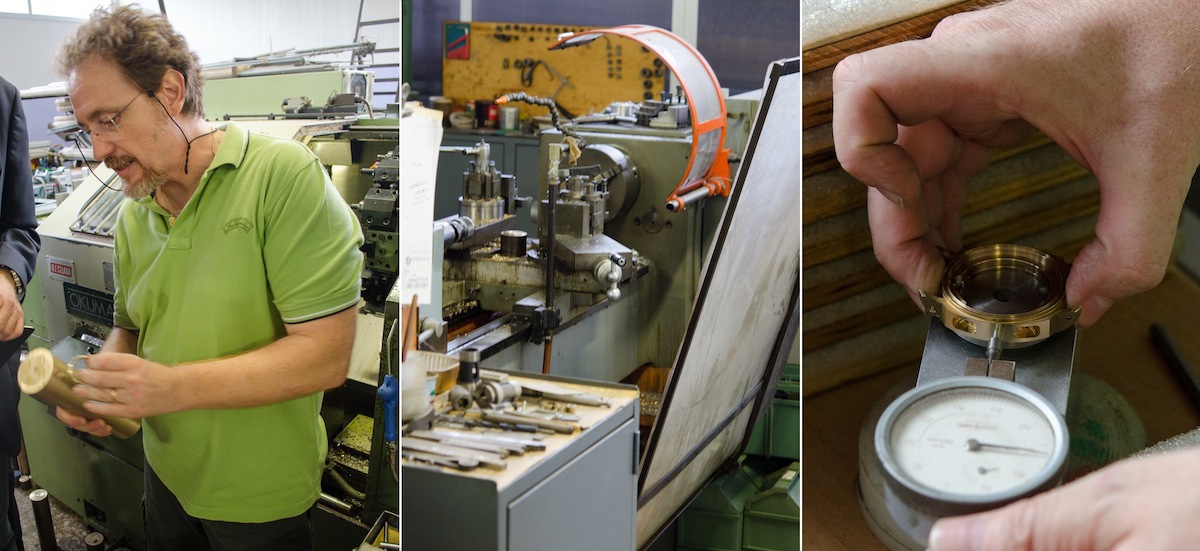
Cases are cut from cylindrical molds using CNC machines or manual lathes. They are checked after each stage to meet tolerances of only a few microns.
His moderately sized workshop lies on the outskirts of Florence – and a workshop it is in the truest sense of the word. No fancy entrance or reception, just a large gate with a humble tablet that says: “Meccanica di Precisione, Gervasi & C”. Gianluca – seen on one of the images above – is that very typical kind of master craftsman who can just go on endlessly about the countless details of his trade. Although careful not to share any well-kept secrets, his passion for his trade amazed us all as he introduced us to some of the details of the base materials, the required machinery and their setup, and all the minute details that will get the final product as close to perfection as it is possible.
Upon entering his workshop we were warmly greeted by him, some of his colleagues and, well, an armada of CNC machines, lathes and different polishing equipment. We quickly learned that he and his team will make cases in stainless steel, titanium and other materials as well, but since we were here to gain special insight into how the bronze cases will be made for Anonimo’s upcoming collections, we concentrated on this outlaw of horological materials. To begin with, cases and components are milled from molded rods of bronze. These molds mainly consist of copper, aluminum, nickel and tin but the exact composition will always remain a secret. This is of no surprise as that is what grants the material its desired attributes in terms of hardness, aesthetics and aging.

Cases and all related parts undergo several stages of cuts that will slowly but surely bring them from a rough piece to the perfect, final shape. They are checked several times between the different stages so as to guarantee that they meet just a few thousandth of a millimeter in tolerance. This is the time to note that most case manufacturers stamp their cases and not mill them. This means that on most instances companies achieve the rough shape of the case by a process that could best be described as stamping through a thick plate of metal. Those who choose to take the long road and mill their cases say that the main disadvantage of the more common method is that when the plate of metal gets stamped by the machine, the structure of the metal gets damaged and weakened by the huge forces that are applied. By contrast, when you have a solid piece of steel (or any other material) and you make smaller and smaller cuts to achieve the final shape, the structure of the metal remains intact and hence more resistant to whatever the owner might expose it to.
I don’t quite have the experience or expertise to judge these methods from a professional metalworker’s perspective, but the aforementioned disadvantages of stamping do seem to be very plausible. What is for sure is that it means a more painstaking and demanding process for Gianluca and his workshop to create the final shape of Anonimo’s cases; especially so since that final shape is a rather special one. The most apparent specialty has to be the unique crown-guard mechanism. Those familiar with Anonimo will know what its functions are and how it works but for those seeing it for the first time, let’s take a quick look at how it works and what it does.
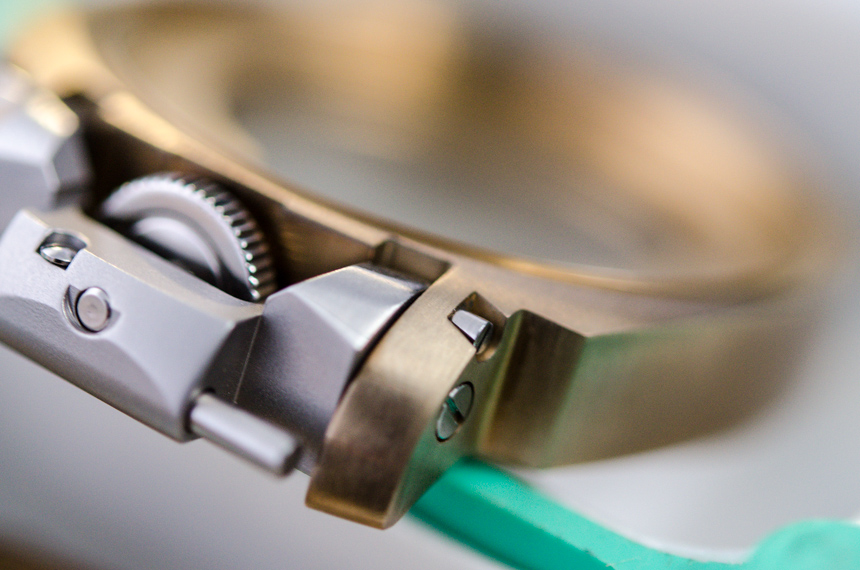
There are a number of different crown locking mechanisms, or “crown guards”, that are to be found on most notable divers’ watches. The reason for their implementation is simple enough. The crown is one of the weakest points on any watch case when it comes to achieving levels of water resistance required by professional use. As the crown is a moving part that is frequently used throughout the lifetime of a watch, it is difficult to achieve proper and long-lasting sealing with the use of rubber gaskets only. Some of the more widely recognized crown-guard mechanisms are found on the Panerai Luminor, the Omega Ploprof, and of course, the Militare line of Anonimo. These locks are used to keep the crowns secured in their retracted positions, preventing them from being pulled out accidentally. Here is how Anonimo’s patented lock works.
On the image above you will see the guard – situated between the lugs at 12 o’clock. It is pictured in its closed position, meaning that the crown is presently secured and cannot be pulled out. Notice that not one, but two holes were drilled into the side of the lug of the watch to accommodate the metal piece that secures the crown. The smaller hole by the edge of the lug is for the hinge that allows the lock to be rotated upwards, towards the dial side of the watch. The larger hole, just below the hinge is drilled for the button that will keep the metal piece locked in place. Finally, in the center of the lock is a small pin that presses onto the middle of the crown. So where does the strap go, you might ask? The strap of the watch is held by the bar that is seen extending from the center. The reason why this is an ingenious solution is that as the watch is worn on the wrist, the lock will always remain closed, eliminating the risk of the mechanism getting unlocked accidentally.
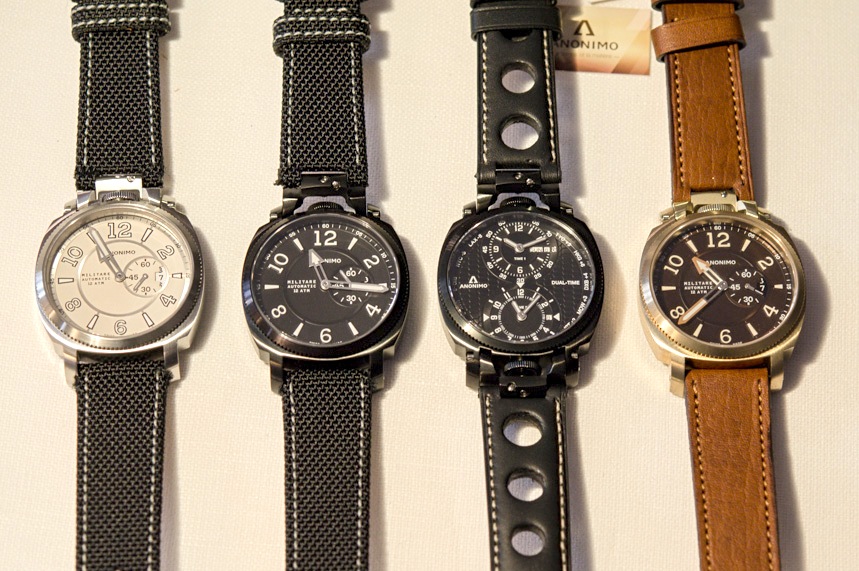
Beyond the visit to Gianluca’s workshop, Anonimo presented to us a few early prototypes for some of their old-new collections. These were working watches with straps, dials and hands which (as we were told and could also clearly tell) were not of final quality, as their only function was to give us a rough idea about the direction the brand is about to take. Pictured above are three versions of the Militare Auto – one each in stainless steel, steel with black PVD, and bronze – and a Dual Time that contains two separate automatic movements for the two dials. Equipped with movements from Sellita, the watches will be assembled in Switzerland – hence the “Swiss Made” signature on the dials at six o’clock – and not in Italy, as one would perhaps expect.
Once they are available, we will have to take some hands-on time with the final pieces to be able to rightfully judge the quality of execution – the prototype dials and hands were clearly not as refined as one would expect, but then again they were created for illustration purposes only. For now we can report on the quality of the bronze cases – which is very high in its every detail – and the overall design principles that the brand set out to pursue. While that undoubtedly is a more subjective matter, the goal had clearly been to create more coherent and masculine collections – without getting too confusing or creating an after-sales nightmare with innumerable differently styled parts, as we have seen long before from the brand.
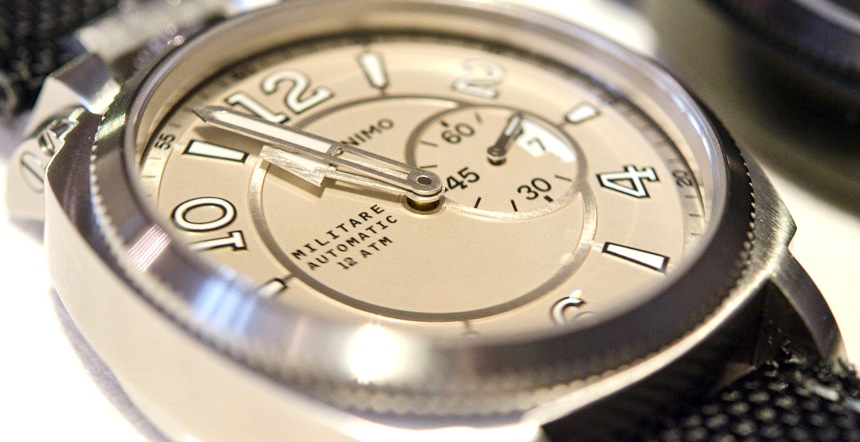
Finally, it has to be emphasized that despite the number of common points with Anonimo Firenze, today’s and the future’s Anonimo is a new beginning all by itself. It is starting from scratch in just about every field, including new designs, suppliers and distributors – just to name a few. How it is all going to work out is difficult to judge at such an early stage, but there are a number of ways to look at this. For one, long-time fans of the brand will likely not find their loyalty a given thing with Anonimo if they are expecting it to be a seamless continuation of Anonimo Firenze.
It is not the same brand, literally speaking it is not even run under the same name, and admittedly not by the same people. I believe that it has to be approached with a more open attitude, that reflects the acceptance of the fact that Anonimo Firenze is gone. But – and this is a big, bold but – many of its most important features are carried on, and are given another chance to prove themselves. With good distribution and some more aggressive pricing, the brand should be able to reach out to a broader demographic, i.e. the group of watch enthusiasts who are looking for a divers’ watch with a unique design and some interesting history, but without the prices of its key competitors. For now Anonimo has a solid lineup of watches on which it should be able to build in the future, and let’s not forget that it also has an exceptional supplier up its sleeve with Gervasi’s workshop and its superb bronze cases – which could make the brand’s restart all the more interesting.
In summary, what we are looking at with the new Anonimo is a new-old brand that strives to carry on the know-how and some of the trademark elements which made it unique and lent it its charm in the first place. At the same time, they also seem to be dialing down on the excessive variety of designs that Anonimo Firenze once offered, all in order to create a more consistent lineup that can serve as a dynamic start and a strong foundation for the brand. anonimo.com

